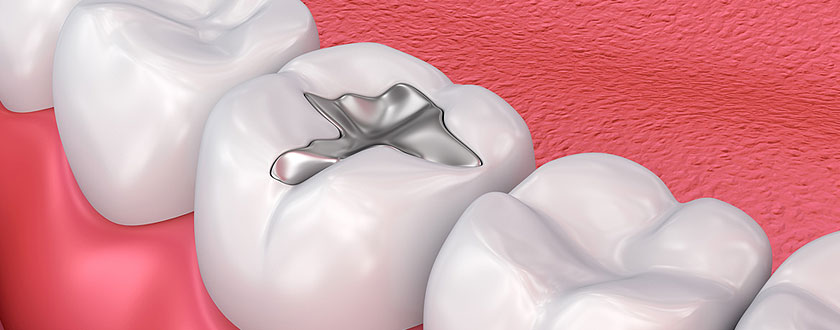
Dental Filling
Dental fillings are a common procedure used to restore teeth that have been damaged by decay or trauma. They play a crucial role in preserving the structural integrity of teeth and preventing further decay or infection. Fillings are typically made from materials such as amalgam, composite resin, gold, or porcelain, chosen based on factors like the location and extent of the damage, as well as the patient's aesthetic preferences.
What is Dental Filling?
Amalgam Fillings:Made from a mixture of metals including silver, tin, copper, and mercury, amalgam fillings are durable and cost-effective. However, their silver color makes them less aesthetically pleasing than other options.
Composite Fillings:These fillings are made from a tooth-colored resin material that blends seamlessly with natural teeth. They are an ideal choice for front teeth or visible areas due to their aesthetic appeal, although they may not be as durable as amalgam fillings.
Gold Fillings:Gold fillings are highly durable and resistant to wear, making them suitable for use in areas of the mouth subjected to heavy chewing forces. While they are more expensive than other options, they can last for decades with proper care.
Porcelain Fillings:Also known as inlays or onlays, porcelain fillings are custom-made to match the color and shape of the tooth. They offer excellent durability and aesthetic results but may require multiple appointments for fabrication and placement.
More information
How long do dental fillings last?
The lifespan of a dental filling depends on factors such as the material used, the size of the filling, and the patient's oral hygiene habits. On average, amalgam fillings can last up to 10-15 years, while composite and porcelain fillings may last 5-10 years or longer with proper care.
Are dental fillings painful?
The placement of dental fillings is typically not painful, as the dentist will administer local anesthesia to numb the area before the procedure. Some patients may experience sensitivity or discomfort afterward, but this usually subsides within a few days.
Can dental fillings be replaced?
Yes, dental fillings can be replaced if they become damaged, worn, or if new decay develops around the filling. Your dentist will evaluate the condition of the filling and recommend replacement if necessary.
How can I prevent the need for dental fillings?
Practicing good oral hygiene, including brushing and flossing regularly, along with routine dental check-ups, can help prevent tooth decay and the need for fillings. Additionally, avoiding sugary foods and drinks and using fluoride toothpaste can help strengthen tooth enamel and reduce the risk of cavities.
Some Facts
Dental fillings have been used for centuries, with evidence of ancient civilizations using materials such as gold and beeswax to fill cavities.
Composite fillings are becoming increasingly popular due to their ability to bond directly to the tooth structure, resulting in a more conservative restoration that preserves more natural tooth tissue.